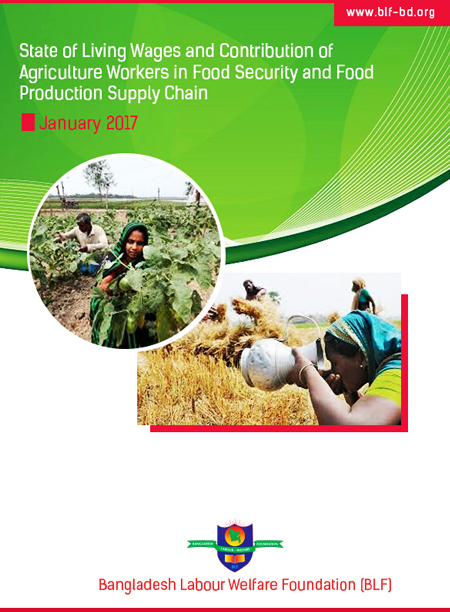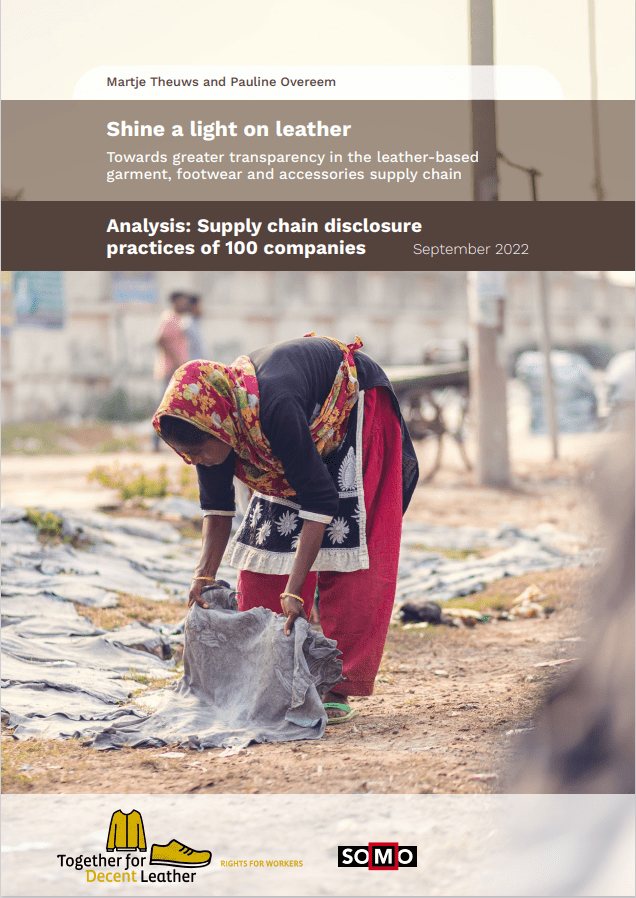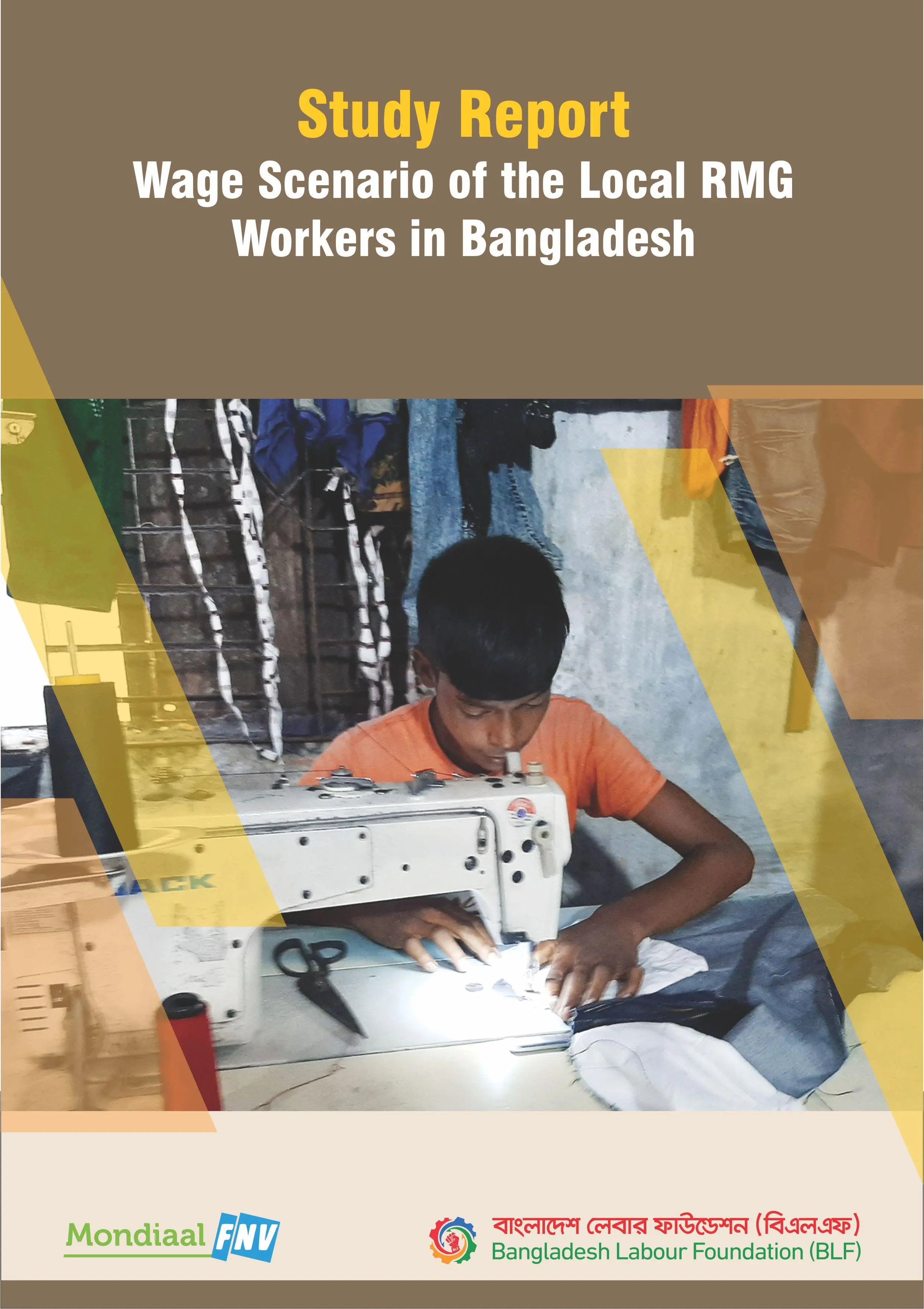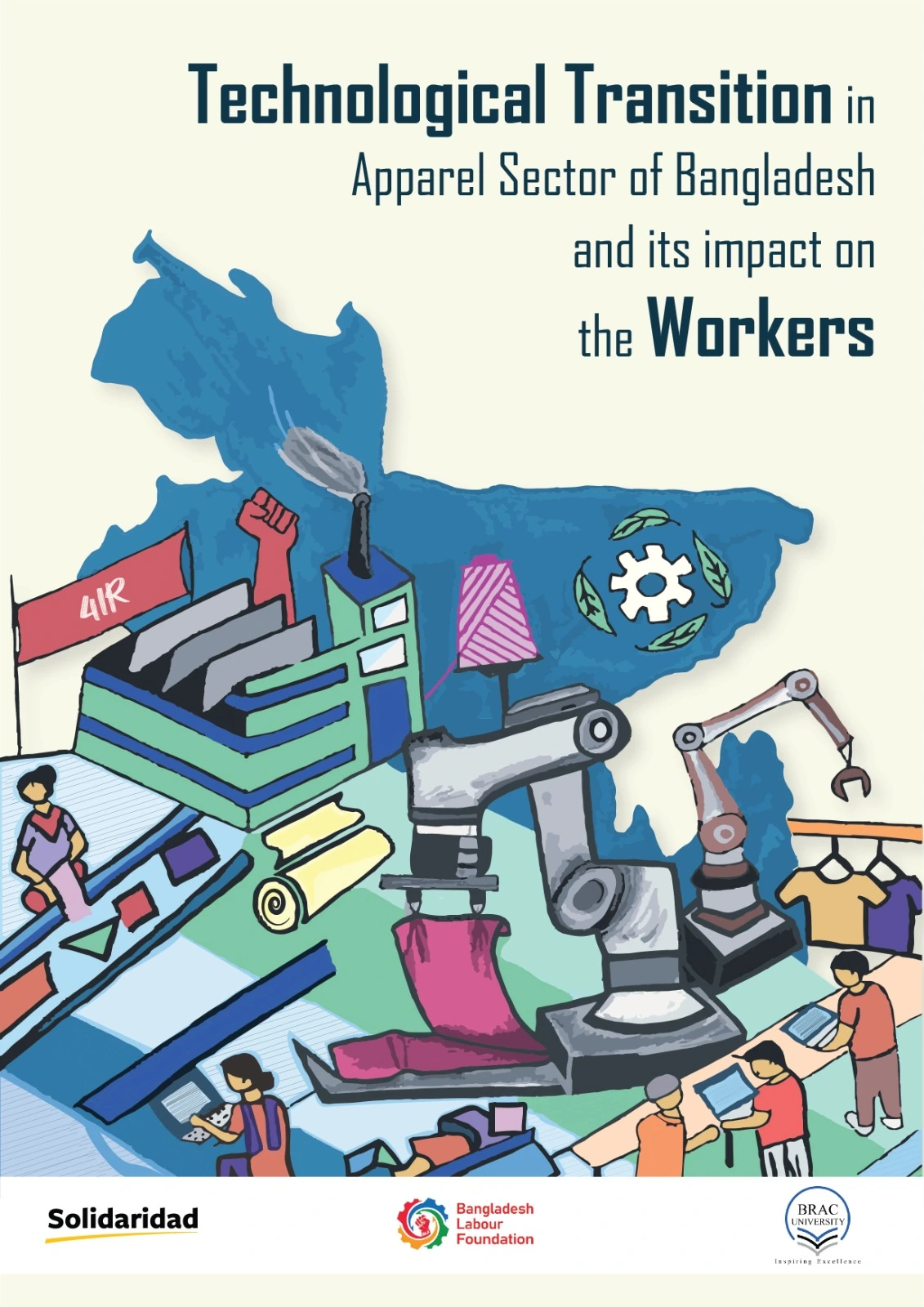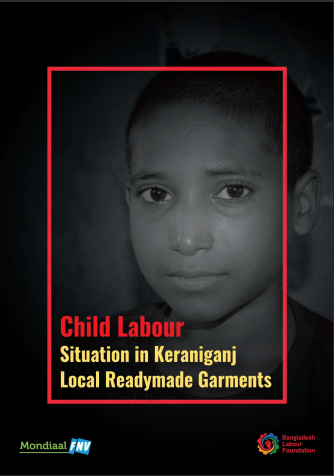Research & Study
Leather from Bangladesh: Indecent work and hidden supply
chains
December, 2022
Background
Leather is a major export earner for Bangladesh. The country exports finished and semi-finished leather and leather goods to China, Hong Kong, the EU, the UK, and the US. Behind the scenes and away from the scrutiny of buyers, brands, and inspectors, the rights of tannery workers are extremely violated due to the indecent work environment and hidden supply chain. Bangladesh’s tannery workers toil for long hours in strenuous and unhealthy conditions where there is a high risk of health damage. Their wages are often below the legal minimum, and they don’t have any formal contracts, leaving them vulnerable to exploitation. Employers generally display a hostile attitude towards trade unions. Moreover, disclosure of supply chain data is still in its infancy in this segment of the global leather industry. Brands and retailers hide behind complex supply chains. The lack of transparency makes it impossible to trace Bangladeshi leather used in end-products back to its origins. When labour rights violations occur, or when there is a risk of this happening, workers, trade unions, and workers’ support organizations need to know which corporate actors bear responsibility to address and remediate these violations and risks. Without such information, workers and the organizations representing or supporting them are left empty-handed when they seek to hold the relevant corporate actors accountable for rights violations and risks in their supply chains. Bangladeshi leather workers experience multiple vulnerabilities in employment, including migrant status, low educational background, poverty, and debt. Adding to this vulnerability are the absence of formal employment relationships and the lack of trade union representation, leaving workers with no other option than to accept poor wages and substandard conditions.
Objectives
- Investigate and expose the labour conditions and lack of transparency within the leather supply chain in Bangladesh.
- Highlight labour conditions, supply chain transparency, corporate responsibility, and the need for legislation.
Key Findings
- Many leather workers have migrated to Dhaka from poverty-stricken rural areas. Tannery owners mostly hire men and do not want to hire women because they see women as less likely to endure heavy manual work.
- Very few tannery workers have a written employment contract, and most lack an employee identity card. Workers received their wages in cash, and none had a pay slip.
- Tannery workers often find work through informal channels, and more than half received less than the legal minimum wage. Women’s average pay was significantly lower than men.
- Many workers come into direct contact with chemicals, handling them without proper protection and training. Most workers who are not members of a trade union explained that their employer would oppose it.
Recommendations
- Develop and adopt legislation at national level and in the European Union and other regional and international settings to oblige companies to conduct human rights due diligence. The UN Guiding Principles on Business and Human Rights and the OECD Guidelines for Multinational Enterprises should serve as the threshold, representing the lowest common denominator
- Tracing and publicly disclosing the full extended supply chain, all supplier facilities at all tiers, covering all processing and all inputs, including raw materials.
- Carrying out risk assessments including assessing and addressing risks beyond end-manufacturing units (first-tier suppliers), that is, suppliers in upper supply chain tiers such as tanneries.
According to the UN Guiding Principles on Business and Human Rights and the OECD Guidelines for Multinational Enterprises, 44 companies have a responsibility to respect human rights, including labour rights, throughout their supply chains. However, due to a lack of supply chain transparency it is not currently possible to determine conclusively which brands and retailers use leather produced in Bangladesh. It is therefore not possible to directly call on such companies to take responsibility to address the labour rights and environmental concerns raised in this publication.

Publication Details
Date: December, 2022
Contact
Bangladesh Labour Foundation (BLF)
107 Bir Uttam C.R. Datta Road
Dhaka – 1205
Bangladesh

